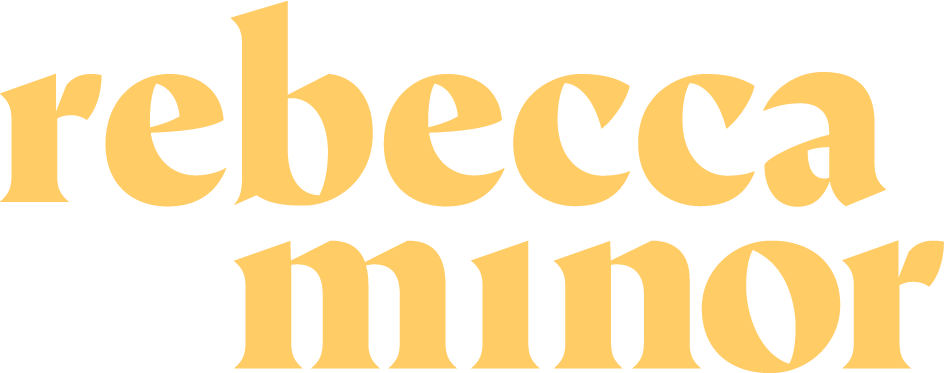Demystifying They/Them Pronouns: How To Use The Singular They
“Using ‘they’ for one person is grammatically incorrect!”
“No one will understand me if I refer to someone using “they” pronouns.’”
“But ‘they’ is plural!”
If someone has told you these things, *they* are wrong! See what I did there?
While the rhetoric above could be perceived as thinly-veiled by grammar transphobia, some people do struggle to understand how to use “they” as a singular pronoun. Let’s tackle it together, one step at a time!
How To Use The Singular “They”
You’ve definitely used the singular version of “they,” even if you didn’t notice at the time! It’s likely you’ve used “they” when you’re speaking about a hypothetical person.
Ex: “I’m not sure who sat at this desk, but they sure made a mess!”
However, it’s increasingly important that everyone have an understanding of how to use the singular pronoun when referring to a *known* person who does not identify with she/her or he/him pronouns. A recent study showed that 79% of nonbinary people used they/them pronouns, demonstrating this importance (2019 Gender Census).
A Brief History of “They”
For centuries, “they” has been used in English as a singular, gender-neutral pronoun. As early as 1400, Chaucer was using the singular “they” in his works. In the 19th century, the singular “they” was used in plays by Shakespeare and in The Oxford English Dictionary. Despite “grammatical concerns,” the singular “they” continued to grow in popularity all the way through the 20th century, when it evolved into standard use both formally and informally.
Regardless of the collective outcry against the pronoun, the singular “they” is not new, but is instead hundreds of years old!
Today, most official writing style guides and dictionaries approve the use of “they” for a singular purpose, including MLA, APA, and the Merriam-Webster Dictionary.
How To Use “They”
Let’s get down to the nitty-gritty: how is “they” used in a sentence to refer to one person?
There are five singular forms of “they,” described as follows with examples:
Nominative: When I tell someone a joke they laugh.
Accusative: When I greet a friend I hug them.
Pronominal possessive: When someone does not get a haircut, their hair grows long.
Predicative possessive: If I need a phone, my friend lets me borrow theirs.
Reflexive: Each child feeds themselves.
You’ll notice that in these examples, despite “they” being used in its singular form, the action word used is not “is,” but “are.” After all, you’re talking about one person!
Ex: Not “I made a new friend and they IS great,” but instead “I made a new friend and they ARE great”
Other Important Adjustments
Now that we’ve established the importance of using “they” as a gender-neutral pronoun, let’s briefly look at other easy language swaps you can make to help affirm those who don’t fit into the gender binary!
Replace “Ladies and Gentlemen” with…
Guests, Everyone, Folks, Friends, Y’all
Replace “Boys and Girls” with…
Friends, Kids, Everyone, Pals
Replace “Both Genders” or “Opposite Sex” with…
All Genders
Replace “Boyfriend” or “Girlfriend” with…
Significant Other, Spouse, Partner
Avoiding The Tempting “Work Around”
Often parents will share with me that they have developed a “workaround” to avoid the pronoun entirely and simply use the person’s name.
Ex: "This is my friend Janelle, who works with me."
Here’s the catch: Janelle/your child/whomever will notice. It’s not lost on them, and there are no prizes for innovation here! Instead I encourage you to make the effort, get a little uncomfortable, and demonstrate your care by trying even if it isn’t perfect.
Put What You’ve Learned To Use!
While reading this article is a great first step, what’s more important is putting these language swaps, particularly the singular “they,” to use! Next time you meet someone and you aren’t sure which pronouns they use, follow these steps:
If there’s not an opportunity to ask the person or a trusted acquaintance which pronouns they use, refer to them with the singular “they”—it’s grammatically correct, I promise!
If possible, share your pronouns and ask for their pronouns directly.
People Over Grammar Rules
Grammar enthusiasts beware - what you thought was a set in stone rule isn’t. Ultimately, I choose to prioritize how people wish to be spoken about rather than get stuck in the semantics of grammar. If this makes you uneasy, welcome to the discomfort and rule bending gray area of gender and sexuality!
I'm so glad we're here in the beautiful mess together!
Want to learn more language swaps?
Check out my other blog posts, Gender-Neutral Language Shifts and Gender Neutral Family Terms & Titles to learn more!
Resources to learn more about LGBTQ+ identities and be a better parent or caregiver:
A great way to be an ally is learning the proper terms to discuss 2SLGBTQ+ topics.
To download a PDF of gender and sexuality terms click here.
Has a kid in your life recently come out to you? Check out my guide!
Want to better understand gender so you can support the kids in your life?
Sign up for How To Talk To Kids About Gender, the course that helps parents and caregivers have the not-so-difficult conversations that matter about gender.
